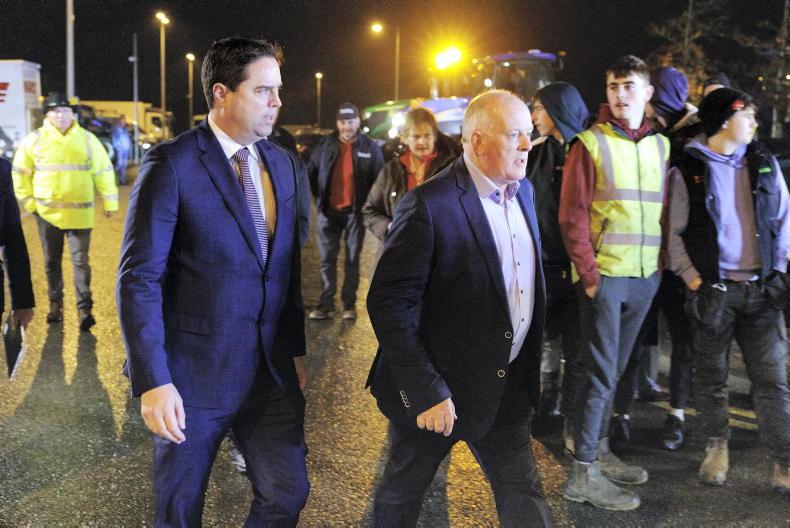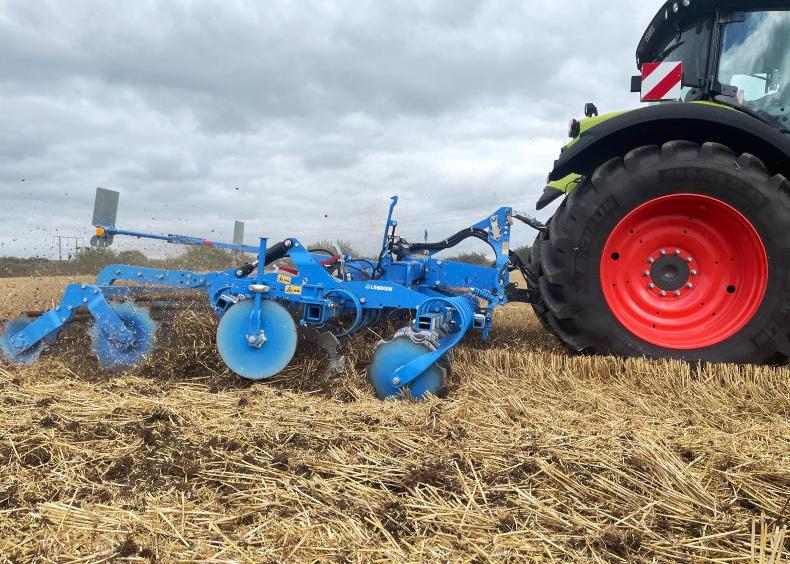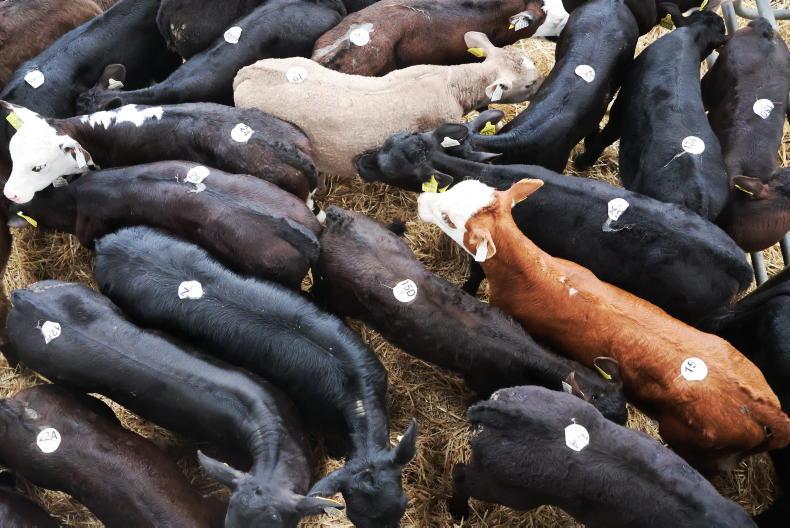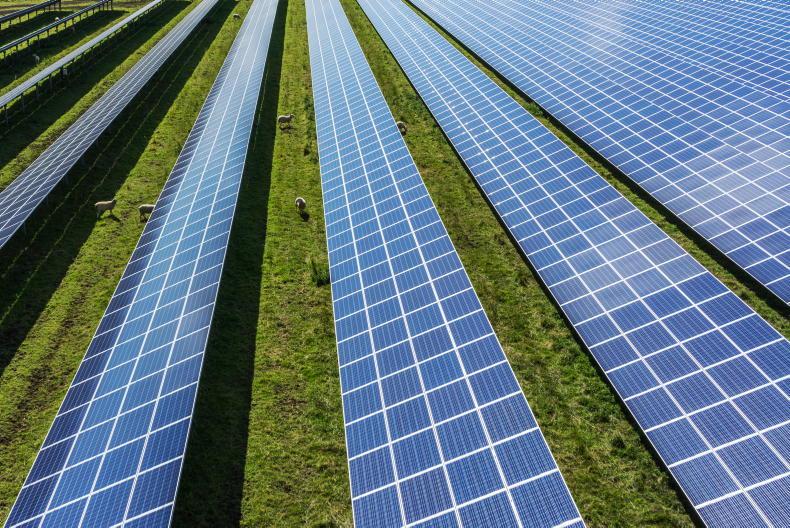Once upon a time housing was widely available and pretty affordable in Ireland. It wasn’t too long ago either.
Before the boom, a couple with an average income could get a mortgage. I don’t know exactly how we got from there to where we are now, but there were a number of clearly identifiable factors.
The cost of houses rose sharply during the boom years, and prices are back there again now. Building costs were increased by inflation of wages and of materials.
Houses got bigger as expectations rose. Land rose in price. Increased safety regulations, entirely right and proper, added cost too. The population increased.
The number of households increased even more quickly, as families got smaller. In 1960, there were fewer than 700,000 households. By 1990 that had risen to just over one million. Now, the 2022 census has shown that there are over 1.85m households.
That’s a near doubling in only 30 years, which can only be described as an explosion in population.
We didn’t properly plan for such an explosion in demand for housing. We failed as a society.
And now it’s happening again before our eyes in terms of energy. Something that was affordable and widely available has become expensive and scarce.
We’re being reassured that we won’t have power cuts in Ireland, and let’s hope that is the case, but our reliance on fossil fuels is biting hard.
We all knew they were coming, but it’s still a shock to the system when it happens. Electric Ireland is increasing electricity by 26.7% and gas by 37.5%.
Bord Gais announced increases of 34% and 39% respectively. SSE Airtricity confirmed similar price rises.
Businesses will fold this winter because of the rapidly escalating energy costs. Already, we are hearing horror stories of small coffee shops where energy costs alone will hole them below the water.
Of course, energy costs will significantly affect food production. Energy-intensive sectors like pigs and poultry (light and heat) fruit and vegetables (cold storage) will be hit hardest.
Dairy farmers will join those sectors in closely examining solar panels as an energy source. Farmers who have already invested in such renewable energy will be feeling pretty satisfied with their decision.
And gas prices will ensure that fertiliser stays at an almost unaffordable level. Diesel bills will continue to stand at levels that were unthinkable 18 months ago.
It could happen in farming
However, the implications for farming and food production are more stark than just escalating costs. What happened in housing and energy is a warning - even mankind’s most basic needs are not a certainty.
Food, along with water, is perhaps the most basic of all needs. And every developed society in history has taken steps to ensure its supply for their citizens.
A high proportion of the invasions that have taken place have been of food-producing nations.
Ukraine being invaded by Russia is just the latest.
Expansionist empires, kingdoms and dictatorships have coveted land that produced food as much as that which contained precious gems or oil.
The Roman Empire, we were told, was fuelled by bread and circuses for the citizenship.
More recently, farming has been protected and supported by countries as diverse as the US, Japan and of course, the EU.
The “power of the farm lobby“ is largely built on the muscle memory of food shortages in the great depression and the post-war period across the “developed world”.
Governments knew that the supply of food was a paramount priority. The European Commission realised that too, hence the foundation of the CAP 60 years ago. Food production was incentivised.
However, the CAP has evolved. Supports are still in place, but they are less linked to food production than ever.
We recently published a map of Ireland detailing the county-by-county farm output compared to the level of direct payment support. It showed a huge variation, with Dublin producing over five times the output in euro terms per euro of direct payment.
Danger lurking
In itself, this is utterly understandable. Payments to farmers, once so closely linked to production in the form of area aid for cereals and headage premia for sheep and cattle, have evolved significantly.
Schemes like REPS, AEOS, GLAS and now ACRES support environmentally beneficial actions by farmers.
This is only right, we must protect the natural world.
And it’s also an inherent aim of the CAP to protect vulnerable rural economies.
Thus, payments have flowed toward low-output areas, where farm families are typically lower-income.
Disadvanatged area payments, now known as ANC payments, have the same motivation.
This trend will be accelerated significantly by the new CAP in 2023. CRISS (front-loading) will put money into smaller farms, and the agri-environmental payment, being a flat per-hectare payment, will divert money in the same direction.
And that’s the decision of Government, it’s the decision of the European Commission, and it’s the decision of the European Parliament.
But here’s the rub.
What if costs stay high but prices fall?
If we hit a recession, which seems quite likely, people won’t be able to afford to pay high prices for food. Not just in Ireland, but across the EU and indeed, the wider world.
And with farmer payments utterly divorced from food production, we could meet a moment where it makes economic sense for an individual farmer to reduce production. Perhaps to a trickle.
And it could make economic sense for a large proportion of farmers at the same time.
If that happens, food production could fall off a cliff.
Fields left fallow, cows fattened rather than being put in calf, sheep and pigs culled, henhouses left empty. Not just in Ireland, but all over the world.
Just because it has never happened doesn’t mean it’s never going to happen.
We’ve seen housing, heat and lighting, regarded as absolutely essential, go from available and affordable to unaffordable and in limited supply.
How did we get from there to here? And how do we fix the problem? Nobody seems entirely sure.
It can happen. And we’re doing very little to prevent it happening to food production.










SHARING OPTIONS